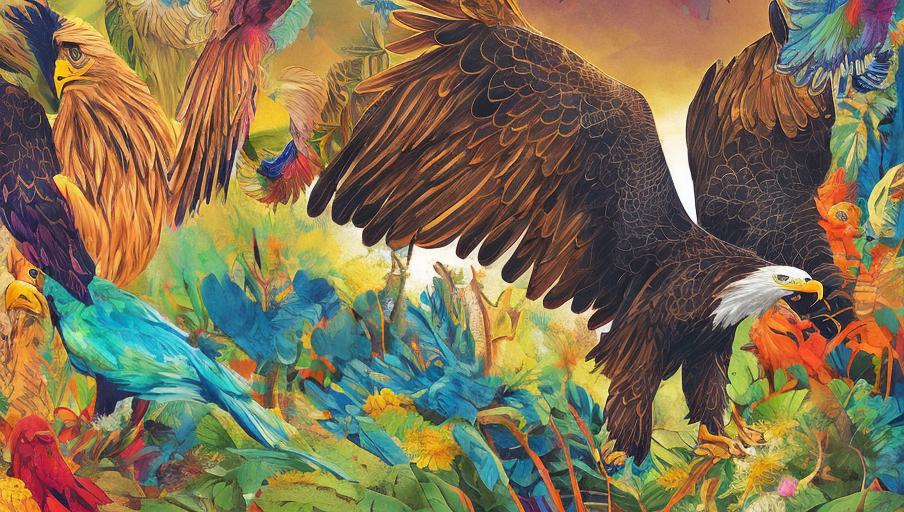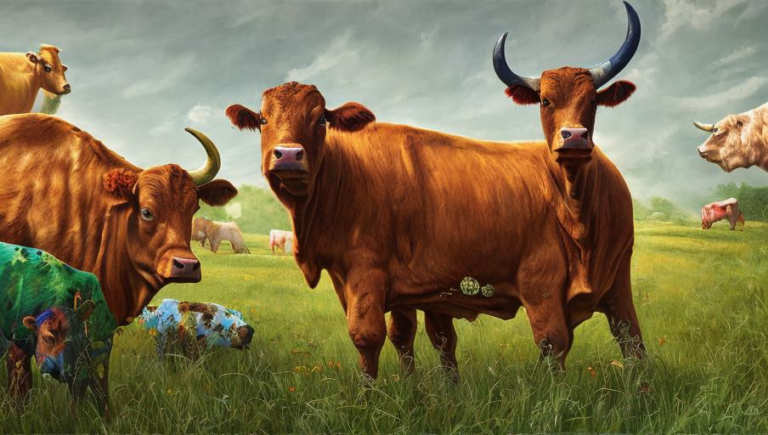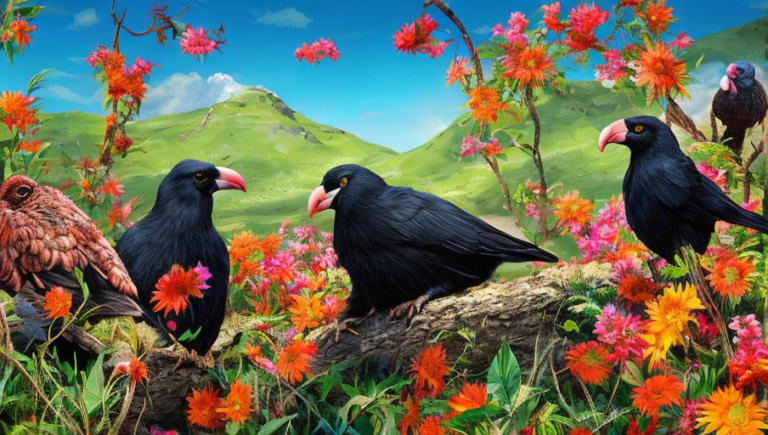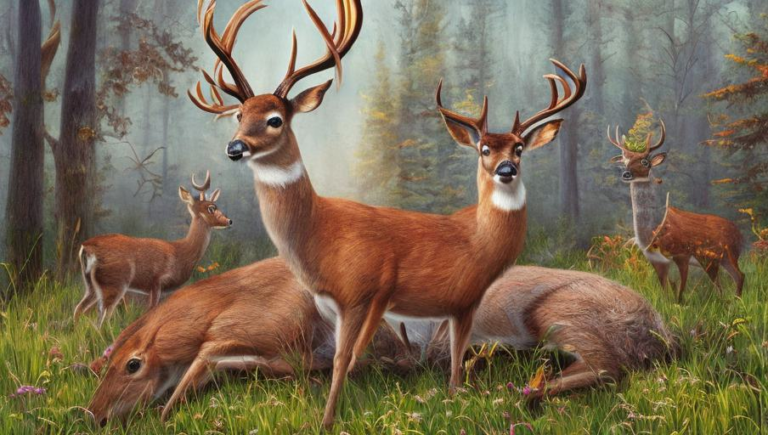On the Hunt: Understanding the Eagle Diet

The Eagle Diet
The eagle is a large bird of prey that can be found in many areas around the world. While most species of eagles are carnivorous, they are also opportunistic feeders, meaning they will eat whatever is most readily available. Eagles have a diverse diet that includes fish, small mammals, and even carrion.
Fish
Fish are a major component of an eagle’s diet. Eagles are skilled hunters and will swoop down and snatch fish from the surface of the water or pluck them from shallow streams. The size of the prey that an eagle catches will depend on the species of eagle, with some species able to take prey that is larger than the size of their own head.
Mammals
Small mammals such as voles, mice, and squirrels are also part of an eagle’s diet. Eagles will hunt these animals on land, either by soaring overhead and spotting them from the sky or by stalking them on the ground. In some cases, eagles will even work together in pairs to catch larger prey.
Carrion
Eagles are also known to feed on carrion, or the carcasses of dead animals. This can be a convenient source of food for eagles, especially in areas where there is a scarcity of prey. While eagles will eat carrion, they do not rely on it as a major part of their diet.
Other Prey
In addition to fish, mammals, and carrion, eagles also eat other animals such as snakes, lizards, and even insects. The type of prey an eagle takes will depend on the species of eagle and the prey that is available in its habitat.
Adaptations
Eagles have several adaptations that help them to be successful hunters. They have strong feet and talons for gripping prey, sharp beaks for tearing into flesh, and excellent eyesight for spotting prey from a distance. Eagles also have powerful wings, allowing them to soar quickly and efficiently in pursuit of their prey.
Conservation
Eagles are a vital part of our environment and need to be protected. In some parts of the world, eagles are threatened by habitat loss, pesticides, and other human-made threats. It is important to take steps to conserve and protect these majestic birds and their habitats. By doing so, we can ensure that eagles will continue to soar in the skies for generations to come.





